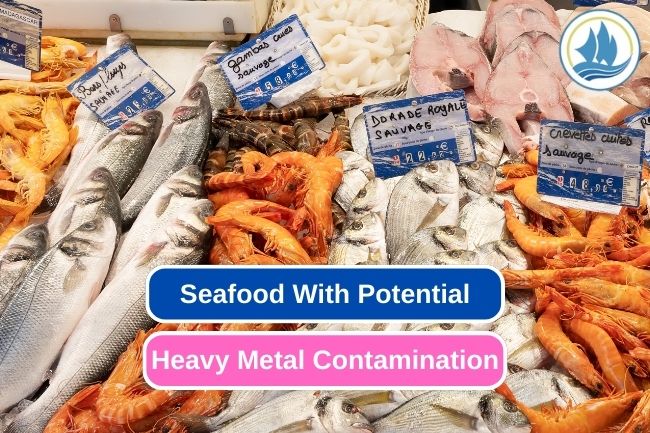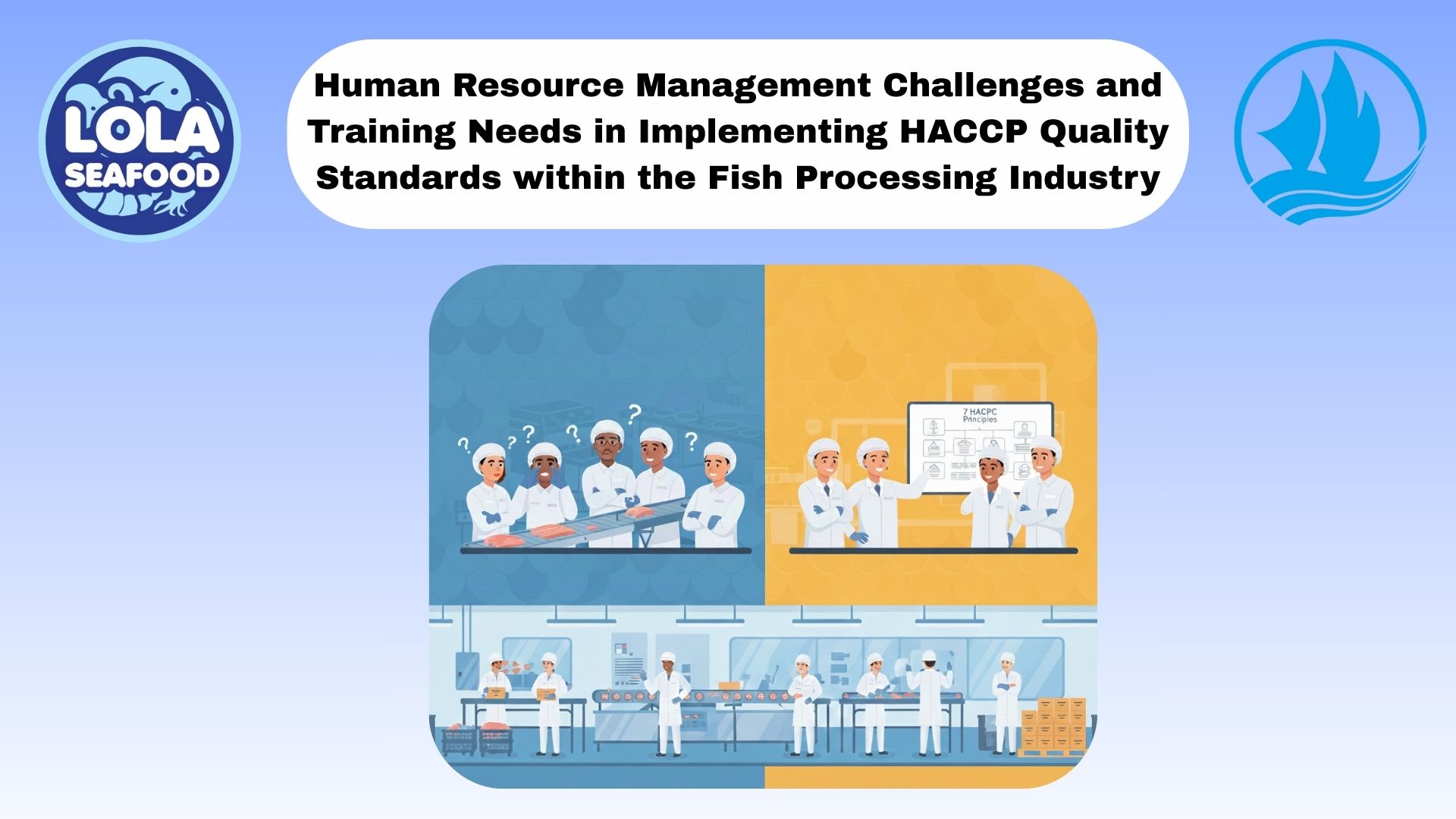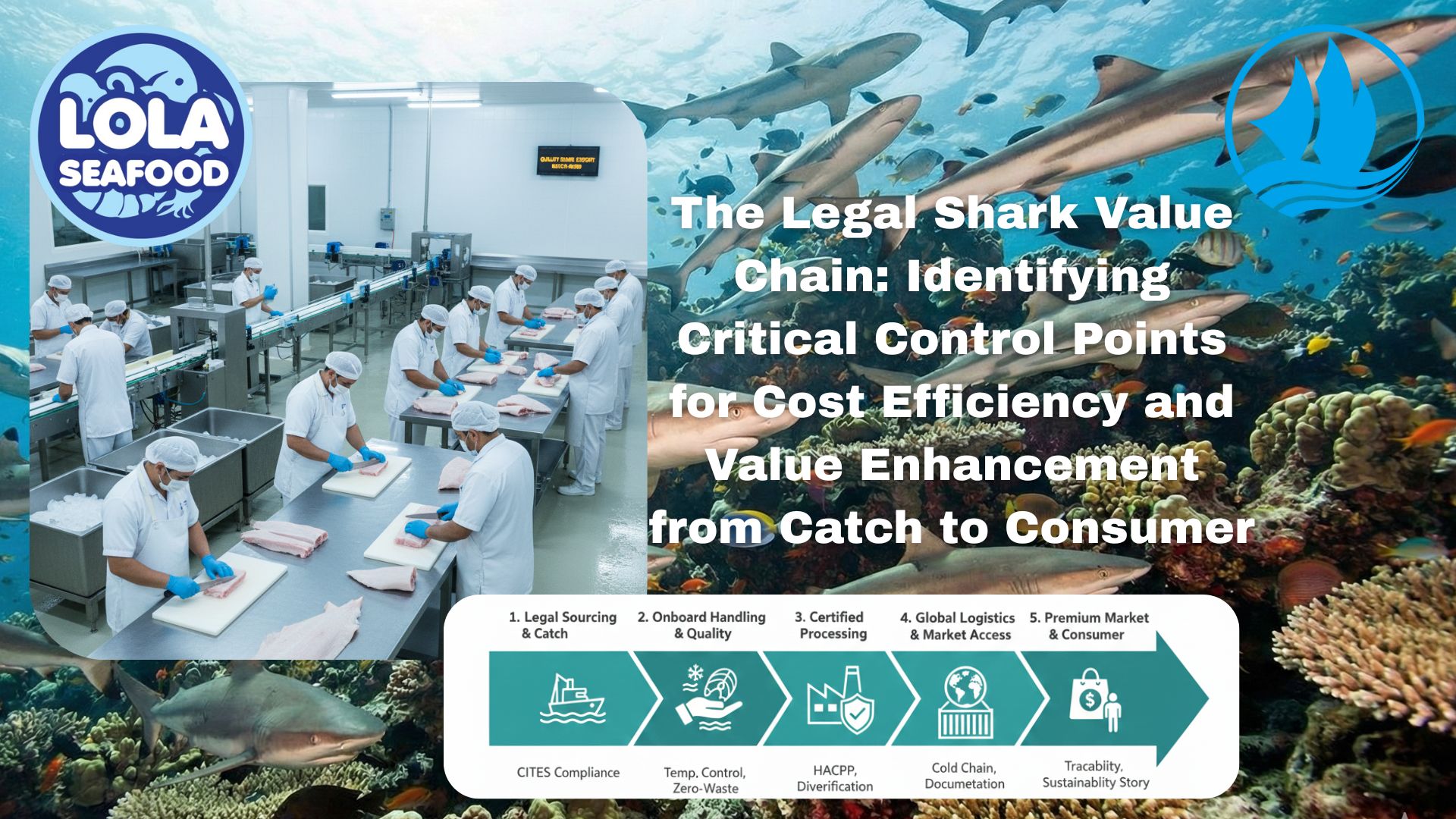Heavy Metal and Seafood: Making Informed Choices for Your Health
By. Nevanda - 03 Aug 2023
kelolalaut.com - Heavy metals can be found in marine waters as a result of industrial activities, environmental pollution and human waste discharged into the ocean. Fish and other marine animals exposed to heavy metals can accumulate these harmful substances in their body tissues.
From nervous system disorders to damage to vital organs, the hazards associated with heavy metals in seafood can have significant long-term consequences. However, with proper knowledge and wise consumption policies, we can reduce the risk of exposure to these heavy metals and still enjoy seafood safely and healthily.
Several types of fish and seafood have the potential to contain heavy metals, such as mercury, lead, cadmium, and arsenic. Here are some examples:
1. Shark
Sharks are apex predators in the marine ecosystem, and as such they can contain higher concentrations of heavy metals.
2. King Mackerel
Mackerel is a type of seafood that can contain higher levels of heavy metals.
3. Bluefin Tuna
Bluefin tuna is a fish that is known to have higher mercury content, especially in larger tuna.
4. Yellowfin Tuna
Like bluefin tuna, yellowfin tuna can also contain significant amounts of mercury.
Read also: Here are 7 Characteristics of Yellowfin Tuna
5. Large Mackerel (Spanish Mackerel)
Large mackerel, especially those from contaminated waters, can contain heavy metals.
6. Marlin
Marlin is an apex predator that can accumulate heavy metals in its tissues.
7. Crab
Crabs can also contain a certain amount of mercury, especially in the larger parts of the body.
8. Shellfish
Shellfish can also contain mercury and other heavy metals, depending on the environment in which they live.
It is important to remember that the concentration of heavy metals in fish and seafood can vary based on the place of catch, size, age, and type of fish. Therefore, it is wise to choose seafood types with lower levels of heavy metals and limit consumption of riskier seafood types, especially for vulnerable groups such as pregnant women, nursing mothers, and children.
Read also: Crispy Shrimp Tempura Recipe to Try
.jpg)
The Impact of HACCP-Based Integrated Quality Management Programs on the Quality and Competitiveness of Fresh Demersal Fish Products
 and Employee Productivity on the Demersal Fish Processing Floor.jpg)
The Correlation Between Occupational Health and Safety (OHS) and Employee Productivity on the Demersal Fish Processing Floor

Human Resource Management Challenges and Training Needs in Implementing HACCP Quality Standards within the Fish Processing Industry

The Legal Shark Value Chain: Identifying Critical Control Points for Cost Efficiency and Value Enhancement from Catch to Consumer



.jpg)
 in Meeting Global Protein Demand Sustainably.jpg)